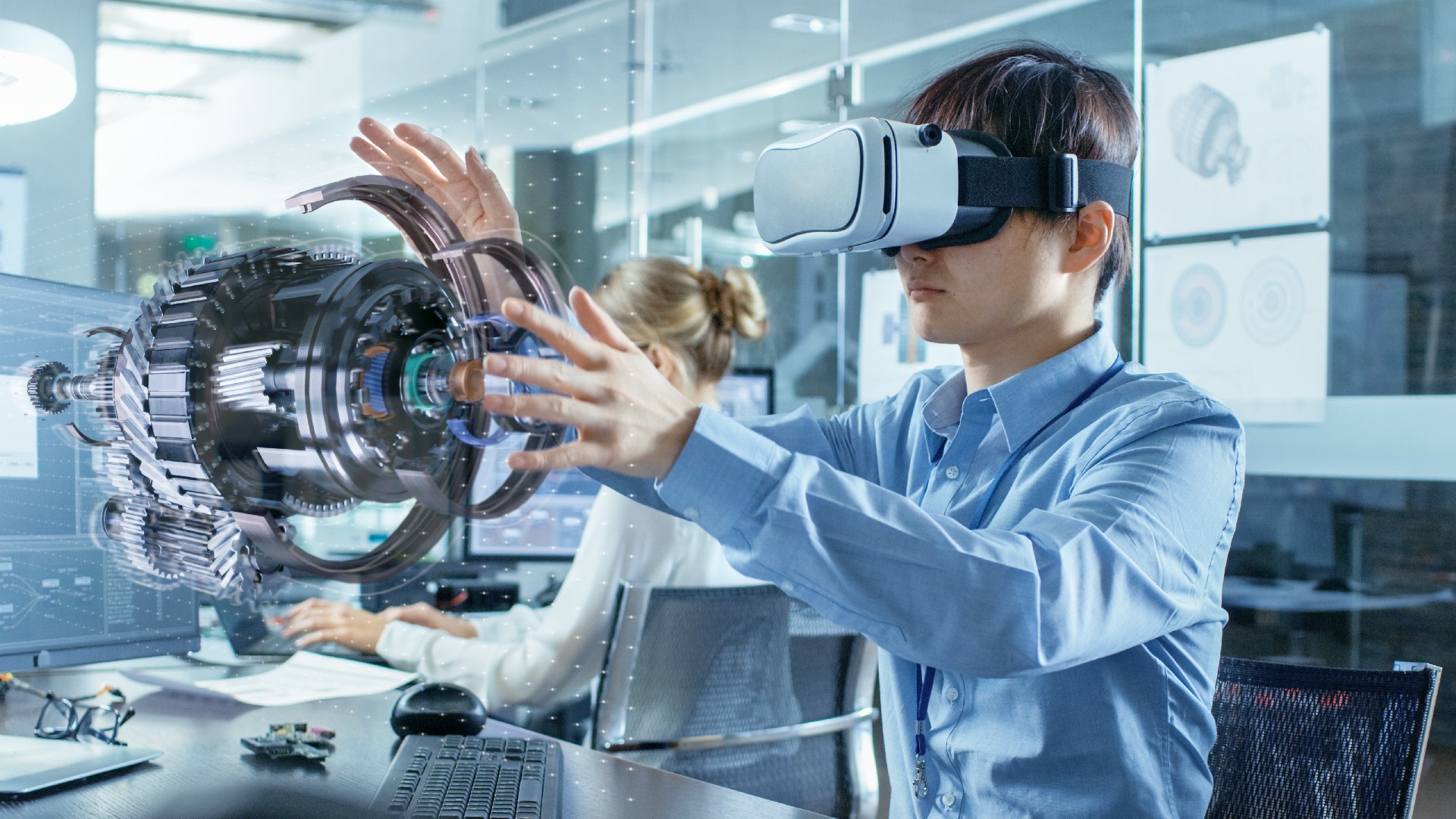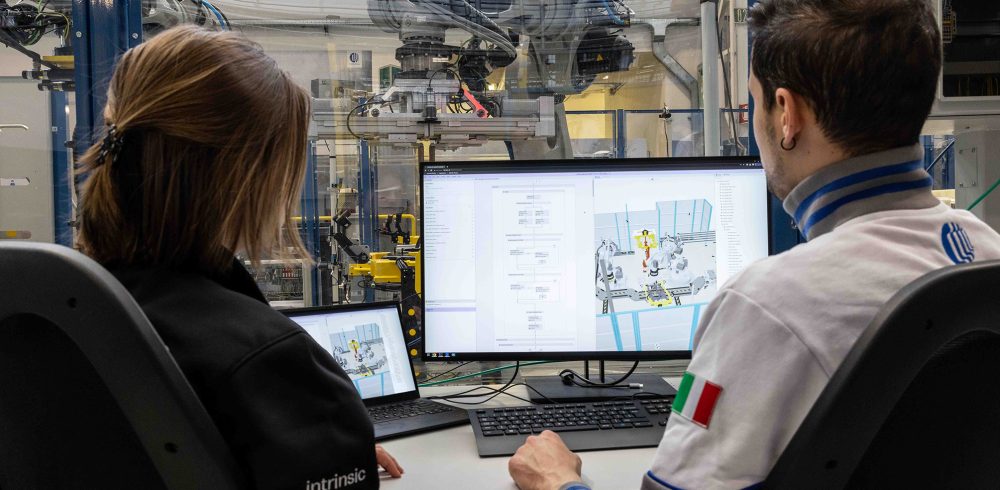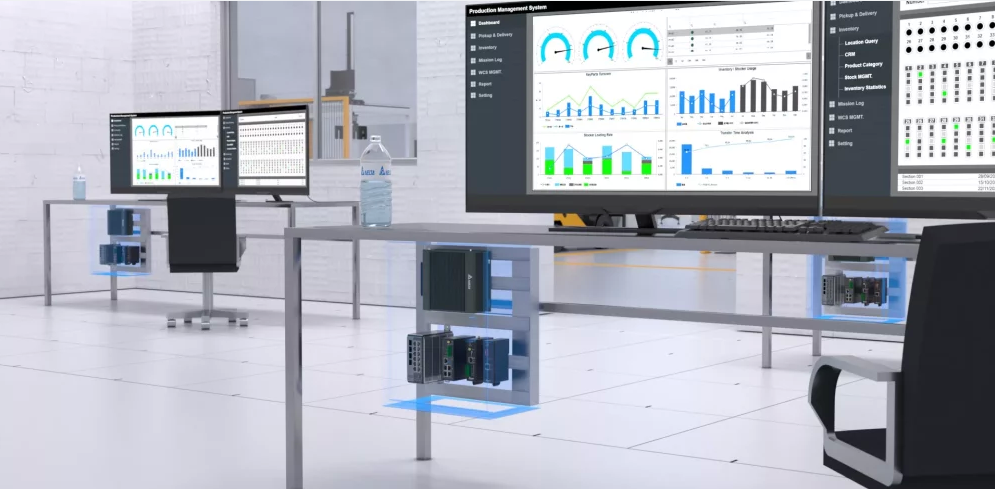The Rising Role of Augmented Reality and Virtual Reality in Industrial Automation

Over the past couple of decades, we have seen an exponential rise in technological advances for industrial automation. The onset of Industry 4.0 has given rise to more machine-to-machine communication, machine learning, real time data analysis, predictive maintenance and more. We have seen the introduction of Digital Twin and the awesome power it wields in plant efficiency. Another exciting innovation is the incorporation of augmented reality (AR) and virtual reality (VR). These aren’t just cool gaming experiences anymore. Now, we see these technologies being utilized throughout the industrial automation realm. From training to maintenance, these powerful tools are being deployed to efficiently and effectively provide a hands-on approach to maintain equipment and train new employees.
Since the pandemic, employers have been faced with an unprecedented worldwide labor shortage. Quality, skilled workers are becoming harder and harder to employ in the factory setting. This has led to unprecedented growth in the implementation of automated solutions to meet production demands. In many ways, automation has become the key to manufacturers being successful in this climate. Coupled with environmental concerns, quality demands and overall consumer demand, manufacturers need to walk a very thin line to stay profitable.
While all this is instrumental to progress, it does in some ways exasperate the labor shortage. As some jobs become obsolete, the need for new skilled labor increases. Being able to interact with robotics, troubleshoot cabinets and perform maintenance on factory lines become very valuable skill. There will always be a need for the human component in any manufacturing process; however, the expectation of finding workers with the necessary skillsets to do the above and more is no longer sensible. So, in this new work climate, how can a manufacturer close the gap? The answer may very well be the incorporation of augmented reality and virtual reality.
Recently, I attended a trade show where AR was being employed by a manufacturer to help a worker troubleshoot and repair a control cabinet. The demonstration showed a worker, armed with a pair of smart glasses, open, diagnose and repair the cabinet. Connected to a server, the glasses used a series of questions to diagnose issues and showed a step-by-step process for repairing the panel. It walked them through the entire process. All the while, the program also demonstrated the highest safety concerns for both the worker and the system to avoid damage. It showed the worker how to safely diagnose the problem, de-energize the components, perform lockout-tagout, remove the bad component(s), install new components and restart the system. While this is still rather new technology, the implications of this being employed in real world situations are immense.
Employers are also beginning to introduce AR and VR into training applications. Using these tools and platforms, employees are given access to valuable, powerful and scalable training tools that are capable of meeting company training goals with repetition across their entire organization, regardless of where they are in the world. Employees can interact with virtual equipment and processes that they will see in the field with a greater understanding of safe and efficient operation in their jobs. From new employees to experienced employees, manufacturers can ensure proper training guidelines are met with accuracy.
The value of AR and VR in industrial automation is incalculable when considering the real-world applications in which they can be employed. Improvements to training programs can lead to fewer safety mishaps, more maintenance processes, efficiencies in production, better inventory management, maximized quality assurance and more. Manufacturers using this technology can see higher optimization of their workforce and increased life-expectancy of their equipment.
-
Delta Unveils Groundbreaking Solutions for Smart Manufacturing and e-Mobility at Hannover Messe 2024
Delta, a global leader in power management and a provider of IoT-based smart gre···
-
Industries Must Embrace Automation To Lower Emissions, Raise Efficiencies, Says Schneider Electric Executive
Global industries need to embrace and not fear automation if they are serious ab···
-
Comau’s Advanced Automation: Facing Challenges and Anticipating the Future of Robotics
• Exponential growth: automation drives the future of emerging sectors. Forecast···
-
Schneider Electric highlights software, automation, electrification and Hannover Messe
Hannover Messe is taking place in Hannover, Germany, from April 22 to 26. At the···
参展地址:中国国际展览中心(朝阳馆)
- Delta Unveils Groundbreaking Solutions for Smart Manufacturing and e-Mobility at Hannover Messe 2024
- Industries Must Embrace Automation To Lower Emissions, Raise Efficiencies, Says Schneider Electric Executive
- Comau’s Advanced Automation: Facing Challenges and Anticipating the Future of Robotics
- Schneider Electric highlights software, automation, electrification and Hannover Messe
- Rockwell Automation banks on digital, green transition in China
- Delta DX-2400L9 Series Industrial 4G/WAN Routers









 Asia International Industry Automation & Intelligent Manufacturing Exhibition
Asia International Industry Automation & Intelligent Manufacturing Exhibition

